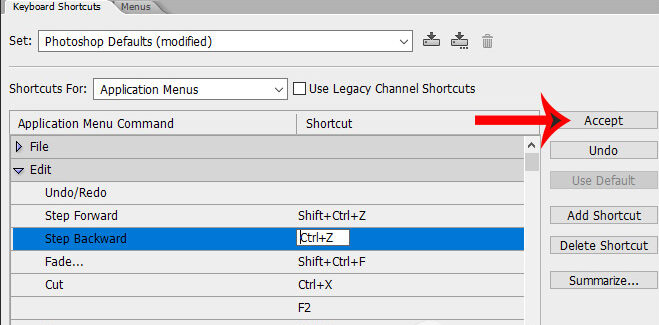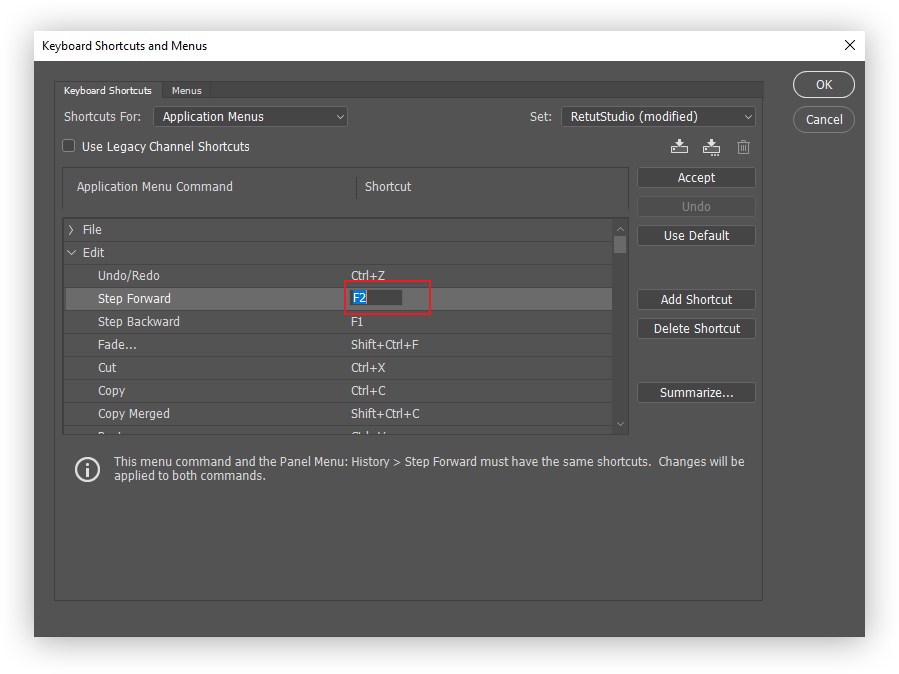


It also can be that new prints are necessary to publish them in another media than for what the "approved" prints were made back then. AA was maybe even more interested in the printing than the shooting whereas let's say HCB was not interested at all in the darkroom work and relied on the better skills than his own of his master printer.) The existing "approved" prints also are not necessarily from the photographer. (Or want to learn it or to invest time in this part of the process.) Not every great photographer was a master printer, the same as today not every photographer can do postprocessing. These can be one and the same person or two different persons. Think about the photographer/printer of those days to be the photographer that shoots on scene (studio, stage, open air, whatever) and the guy that does postprocessing in PS (or LR or some other programm). By that time direct to press printing was becoming the norm. Were still scanned from film to hi res tiffs). You have never heard of most (if any) of this stuff.Īs the 90s progressed that changed of course, and by the end of the decade Macs, and especially PCs, were quite capable of handling hi res image files (which Output to transparency film on high resolution film recorders like Kodak On drum scanners and output to 9-track open reel tapes, imported intoĪnd retouched on one these workstations, and output back to tape for Incapable of working with hi res files at the early part of the 90s. Microframe systems (Macs and PCs) were for the most part Miniframe-computer-based systems that cost tens to hundreds of thousands Workstations from Scitex, Hell, and Crossfield were the only way to Paintbox, Shima Seikki, Barco Creator (running on SGIs), and other I personally do understand why you'd want to limit your options, but like I just said if that's for you totally cool, enjoy.Īctually, back in the 90s large dedicated workstations like Quantel Not that there's anything wrong with the purist approach, its just limiting in my mind.
Photoshop step backward shortcut unlimited manual#
If you want freedom to be as creative as you want then Photoshop is more likely the way to go to get every last bit of detail, tonality, and even to venture into compositing, manual blending of brackets instead of having to use HDR software like Photomatix or HDR Efex Pro. one who believes that everything should take place at the time of capture with filters, lights, light modifiers. I have both an rarely use Lightroom, to me Lightroom is more asset management, with some simple post processing capabilities. Lightroom offers a little more than ACR, and with plugins from Nik and On One. Photoshop is much more powerful than Lightroom is today.

Change Photoshop's Undo shortcut to match other Ad.Compositing, layers of adjustments, Layers with blend modes, layers with opacity, masking, many more filters than Lightroom for starters.

Add the shift key to step forward through the History panel. Now, command-z (Mac) or ctrl-z (Windows) will step backward through the History panel, giving you multiple Undo capability. Click on the Save icon at the top of the dialog box, give your shortcut set a name and click the Save button. Click in the Shortcut field to the right of Step Backward, and press command-z (Mac) or ctrl-z (Windows)Ħ. Click in the Shortcut field to the right of Undo/Redo, and press the delete key to remove the keyboard shortcut assigned to Undo/Redo.Ĥ. In the Keyboard Shortcuts dialog box, click on the triangle to the left of the word Edit to spin the Edit category open.ģ. But you can change Photoshop's keyboard shortcuts so that undo works like you'd expect it to. But, in its place, it features a History Panel, allowing you to move forward and back in history. To redo, use command-shift-z (Mac) and ctrl-shift-z (Windows). And to access these multiple undos, you can use the command-z (Mac) and ctrl-z (Windows) shortcuts. Most of the Adobe creative applications feature unlimited undos.


 0 kommentar(er)
0 kommentar(er)
